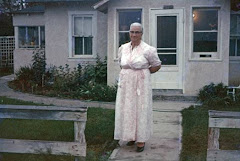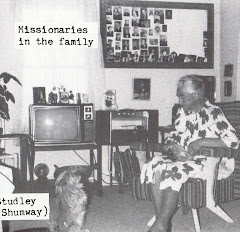The Red Rose has always been significant in the Asay family, especially for Grandmother Asay. I always thought Grandpa gave the rose to the pretty girl driving the wagon. Joy Marostica re-tells the story:
Over the years I had always been aware that the red rose held a special meaning for my Grandparents, but it wasn’t until recently that I understood why.
In June of 1977 as we drove with Grandmother through the desolate Wyoming prairies on our way to Casper, we asked her to tape some of the events of her life. We were delighted to find her telling us of her romance with Grandfather.
In the early 1900’s Grandpa’s family was helping the church in the development of the Big Horn Basin and they had settled in Lovell. It was necessary on one occasion for Adelbert to go to Montana in search of a missing young boy. After traveling many miles he lay down for a nap by the Yellowstone River. Upon awakening he discovered a beautiful red rose lying on the bank. He stuck it in his shirt, jumped on his horse, and continued his journey. He could see a wagon in the distance and as he came closer he observed a young lady driving it.
This 17 year old girl was Delila Boice on her way to the Big Horn Basin with her family. She saw the lone rider with a flash of red on his shirt in the distance. She hoped he would be of some help for directions. As Adelbert rode closer she noticed he was very handsome; she hoped her father would speak kindly to him, and she felt anyone who would wear a red rose on a hot, dusty ride must be sensitive, nice, and wonderful!
Adelbert did give them directions and encouraged them to settle in Lovell, as the soil was fertile, the water clear, and it was so beautiful there.
Brother Boice took his advice and the following Sunday at church the courtship began - August 17, 1903.
In those days for entertainment the young people in Lovell danced on the Shoshone River Bridge. The dance hall was for the “rowdy bunch.” Reuben Allpin and Orin Elmer played the harmonicas and someone called the quadrilles. When a wagon wanted to cross, the dancers scooted to the sides. Delila’s and Delbert’s favorite dance tune was “In the Good Old Summer Time.”
On October 5, 1903 Delila and Adelbert were married in the tent home of her parents. They continued to enjoy dancing, and as their children were born they took them along putting them to sleep on the large pile of dancers’ coats.














